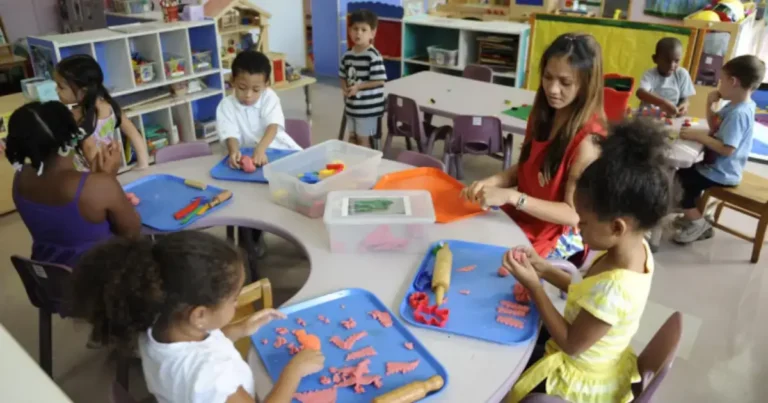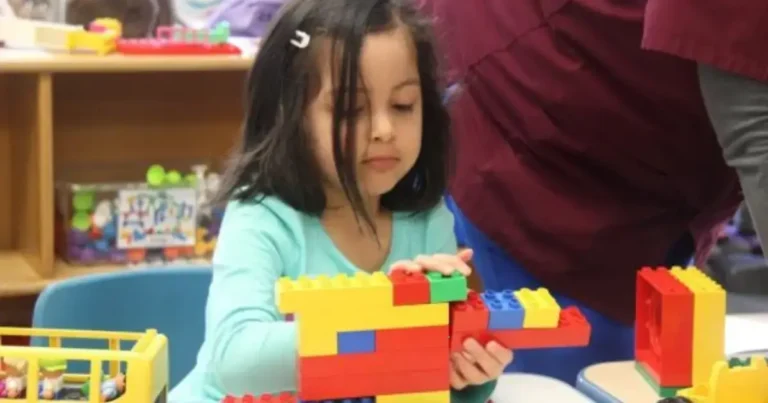
Play activities are voluntary actions that involve fun, creativity, and enjoyment. They can be spontaneous or organised, but always involve active engagement in some form of recreation or amusement. People, especially children, use play to explore, learn, and connect to https://casino.guru/top-online-casinos/google-pay-payments.
Play is more than just fun. It supports learning and development across many areas:
This is spontaneous and child-led no fixed rules or adult direction. Examples include imaginative games, creative arts, or exploring in the backyard. Free play builds resilience, creativity, and self-regulation skills.
These are organised activities with set rules or objectives. Examples include ball games, dance or music classes, board games, or storytelling groups. Structured play supports rule-following, focus, and social cooperation.
Play takes many forms:
Developmentally, children pass through stages such as:
These stages help children develop communication, collaboration, and social understanding.
Play isn’t just for kids. Adults also benefit from play through hobbies, games, or creative activities. These forms of adult play enhance stress relief, social bonding, and mental flexibility. Unfortunately, many adults lose touch with their playful side over time—research shows that by age 29, many feel less playful as responsibilities grow.
Give space: Allow children to play independently and safely, fostering self-confidence..

Play activities are essential, joyful actions that support development, creativity, and connection across all ages. Whether free or structured, creative or physical, play helps people learn, adapt, and thrive.